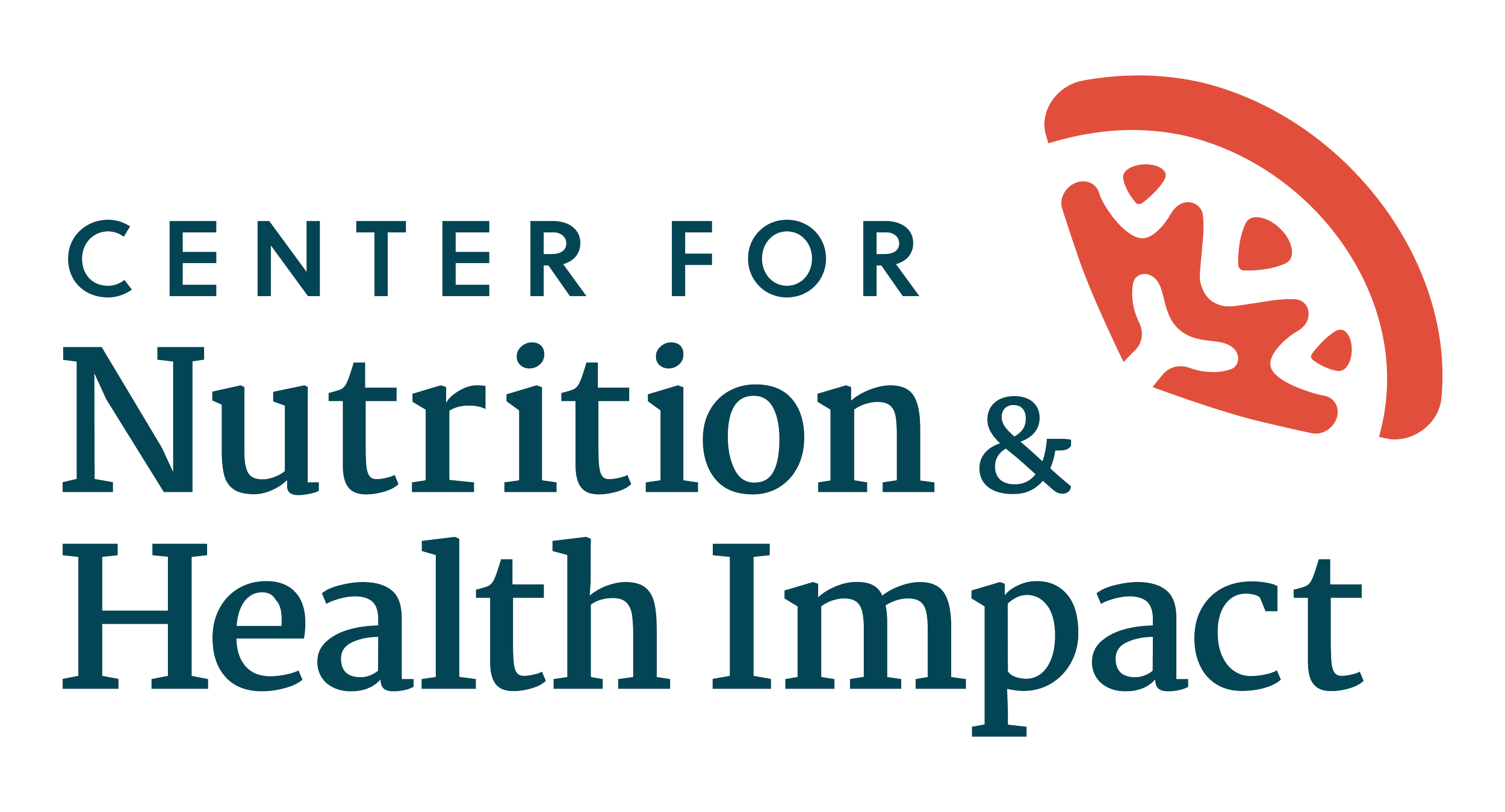Evaluation of the Altoona Intervention Project Nutrition Program
------- + -------
About the Project
Since 1986, the Altoona Intervention Project (AIP) (formerly the AIDS Intervention Project) has provided case management services to individuals in four rural counties in central Pennsylvania, making it the oldest AIDS service provider in the state. With the addition of a full-time Registered Dietitian Nutritionist (RDN) to the staff, AIP has developed an innovative nutrition program to better serve clients. The goals of the program are to provide nutrition information in a meaningful way and to improve client’s quality of life. The following are the three nutrition services that comprise the nutrition programming:
Nutrition Education Classes: held monthly for approximately an hour and lead by the RDN. Classes have covered a wide range of topics including sessions on each food group and overall healthy eating and cooking.
One-on-One Nutrition Sessions: offered bi-annually (at minimum) to clients and includes a nutrition assessment and goal setting, if applicable, with the RDN.
Healthy Eating Assistance Program (HEAP): a pilot program made available to those that qualify based on need and includes monthly grocery assistance (e.g., provision of grocery money, shopping assistance, cooking lessons, and transportation to grocery stores or food pantries).
About the Evaluation
The Gretchen Swanson Center for Nutrition conducted an evaluation of the nutrition programming that AIP conducts. This evaluation used a mixed methods approach to gather information from clients on their experience(s) with the three programs listed above (i.e., Nutrition Education classes, one-on-one nutrition sessions, and the Healthy Eating Assistance Program (HEAP)). The report summarizes qualitative and quantitative findings from programming that took place from February 2022 to June 2022 and will address the following research questions:
What changes in participant dietary behavior, dietary self-efficacy, food security, and nutrition knowledge occurred during the assessment period for those that participated in programming?
What are the levels of and influences on client satisfaction of nutrition programming?
What are recommendations for future programming and nutrition education efforts?

